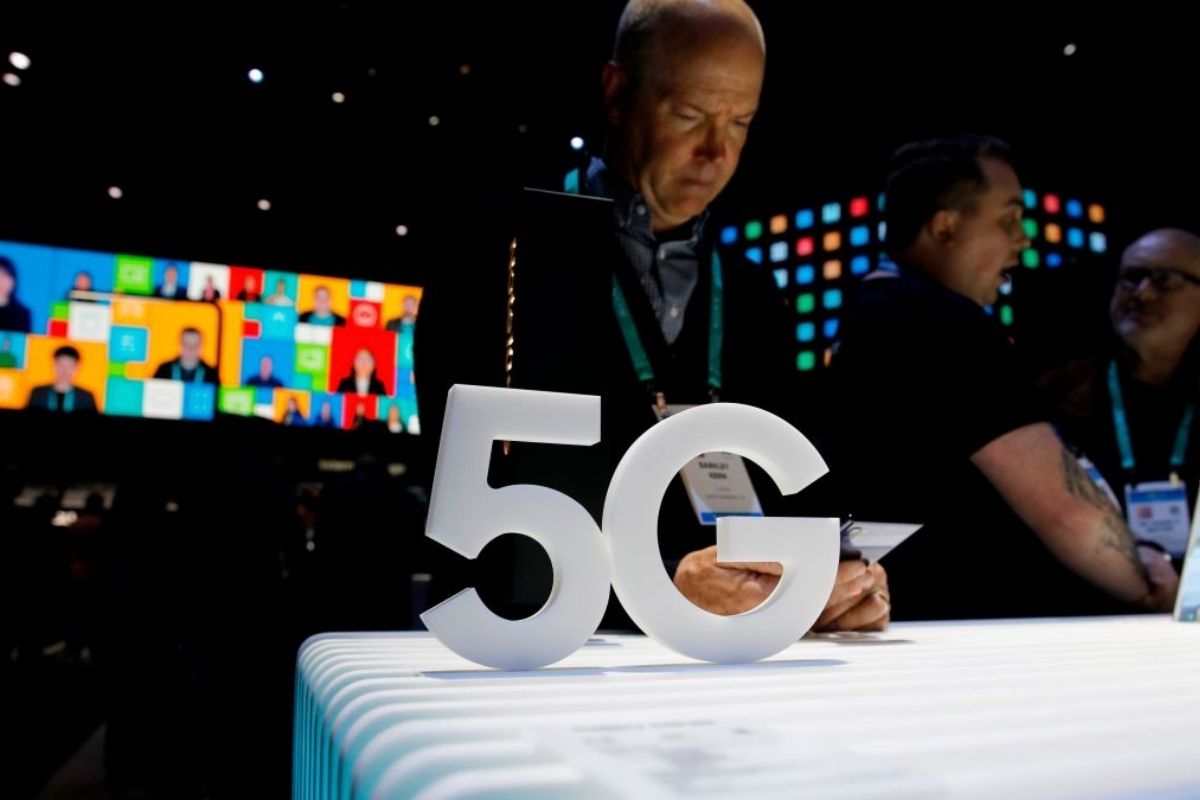
The United States (US) Federal Aviation Administration (FAA), on Friday, disclosed a list of 50 US airports that will have buffer zones for 5G. For the unaware, 5G services using the C-band spectrum has been looked down upon by the FAA and other aviation bodies in the US because it poses problems for sensitive electronic equipment inside the aircraft, which can disrupt communication as well as visibility for the pilots. Thus, FAA has said that a total of 50 airports will have 5G buffer zones when the telecom operators switch on 5G using the C-band spectrum on January 19, 2021.
Telcos Agree to Buffer Zones
As per Reuters, the telecom operators, including Verizon and AT&T, have agreed to the buffer zones around 50 airports for reducing the risk of interfering with sensitive aircraft instruments like altimeters. Earlier, the carriers agreed that they would delay the deployment for two weeks as requested by the FAA.
Airports in Los Angeles, New York City, Las Vegas, Chicago, Detroit, Minneapolis, Seattle, Philadelphia, and Miami will have 5G buffer zones. According to FAA, this doesn’t mean that low-visibility flights can’t land in airports that don’t have 5G buffer zones. Note that for the airports which don’t have 5G buffer zones, the 5G towers are installed so far from the airport that it creates a natural buffer.
Then there are some major airports that have not been included in the list because 5G hasn’t even been deployed there yet.
FAA has warned that even with the presence of 5G buffer zones, there could be potential disruptions during low-visibility flights, which could lead to diverted flights, flight cancellations, and delays during periods of low-visibility.
How this system will carry out for the US is something that is unclear. FAA isn’t yet comfortable with the C-band 5G, but the telcos don’t want to wait any longer in getting a return on their investment which was huge for getting the C-band spectrum.















